Nintendo Zigged When They Should Have Zagged
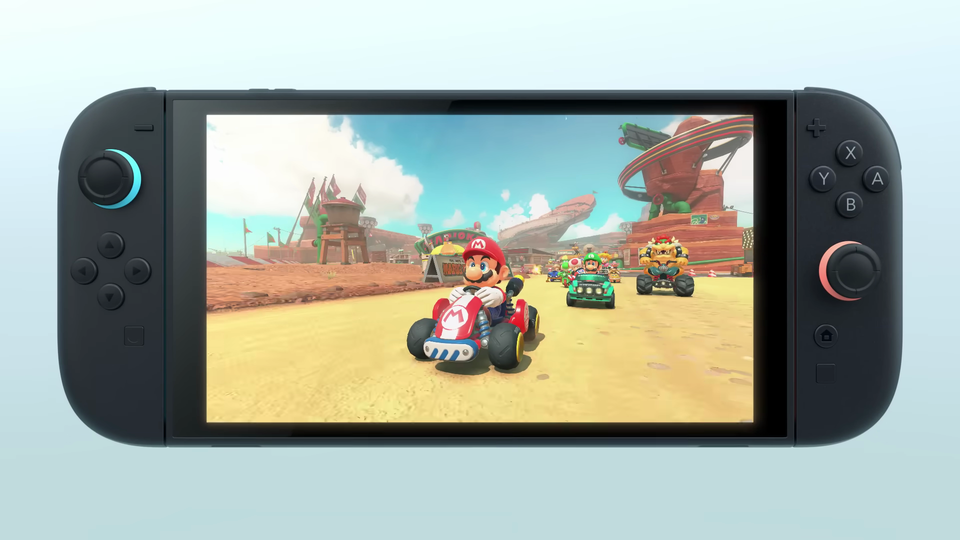
Editor’s Note: This article should have been posted shortly after the announcement of the Nintendo Switch 2 and not months later, but here we are and we’re living in it.
As Nintendo’s plans for the Nintendo Switch 2 become clearer after its most recent Nintendo Switch 2 Direct, a sense of disappointment hangs in the air. While the original Nintendo Switch was a revolutionary console that seamlessly blended home and portable gaming, the upcoming iteration appears to be treading a familiar path, opting for refinement over a bold leap into the largely untapped potential of a dedicated handheld market.
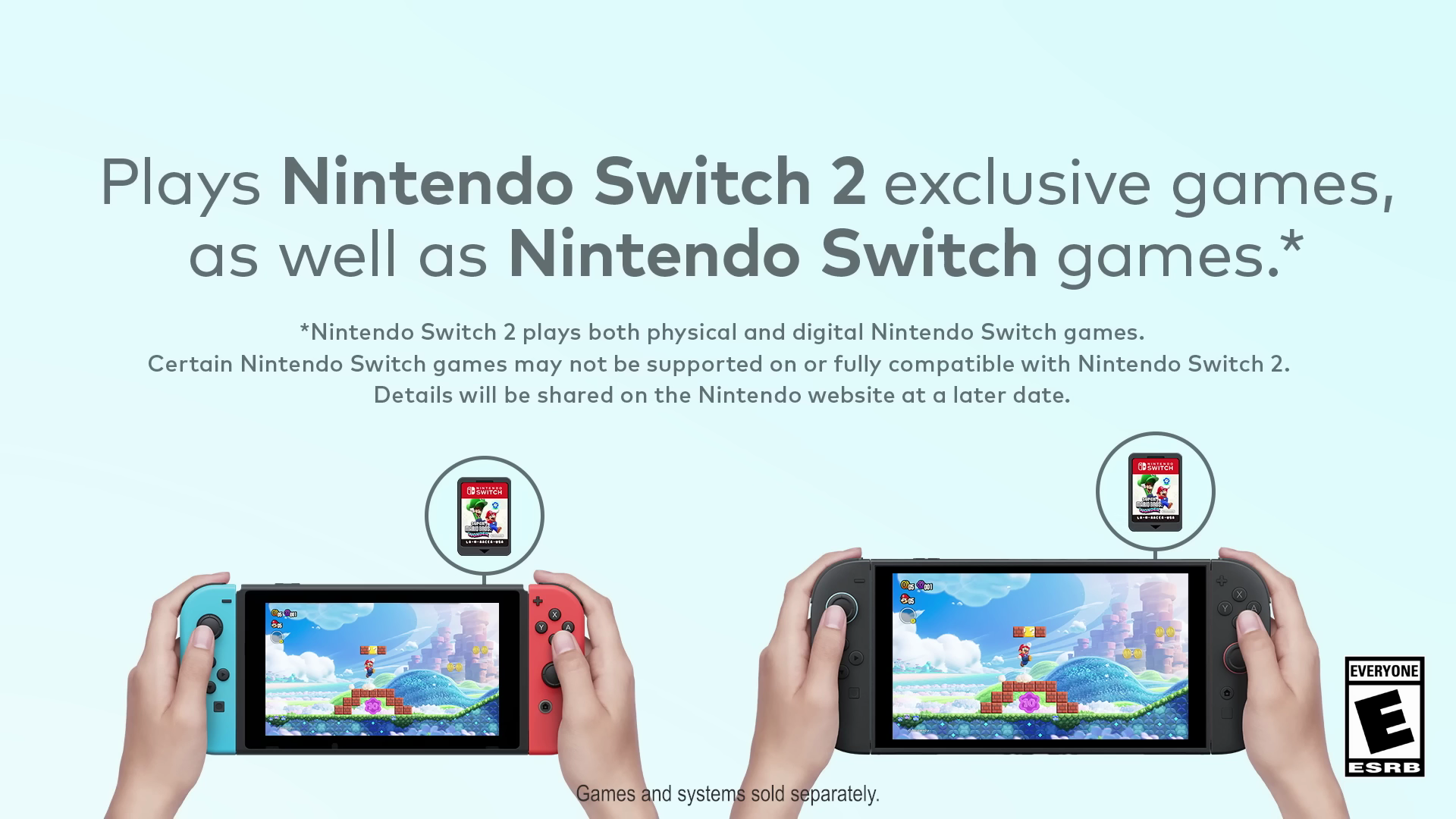
Nintendo’s decision to essentially iterate on the winning formula of the original Switch is understandable, given its status as one of the best-selling consoles of all time. However, this cautious approach seems to have overshadowed the opportunity for true innovation. The Switch 2, with its enhanced screen, larger storage, and increased power, undoubtedly offers improvements. Yet, at its core, it remains a hybrid device, and this comes with a significant cost.

Projected to retail at $450 or more, the Switch 2 approaches the launch price of the PlayStation 5 and represents a substantial increase from the original Switch’s $300. Coupled with rising game prices, this higher barrier to entry raises concerns about accessibility, particularly for newcomers and those seeking a more budget-friendly gaming option.
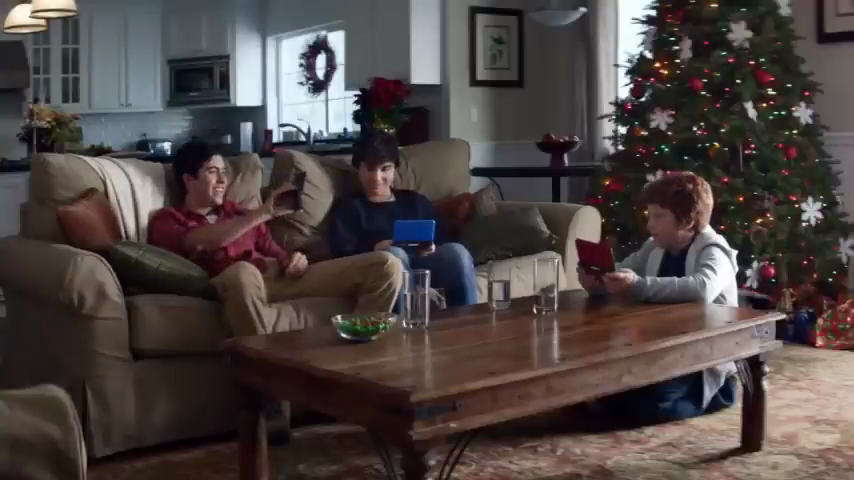
This is where the absence of a dedicated handheld console feels like a major oversight. History has shown the power of dedicated handheld gaming. Historically, these handheld systems have acted as an affordable entry point for young gamers. Doesn't matter if it's something fairly simple like the Nintendo Game & Watch series or the Tiger Electronic handhelds that only contain one game with simple controls up until fairly robust multimedia devices such as the PlayStation Vita or the Nintendo 3DS.
This affordability meant that players (both experienced and newcomers) were more willing to give them a try due to lower barrier of entry and parents didn't feel as bad of a pinch when gifting these devices to their children. Games were typically charged less on handhelds as well and the lower cost meant that there was larger potential for consumers to have a wider library. The low price point also meant these were devices that parents felt comfortable for their children to bring around wherever they went unlike say an iPhone or an iPad. The sturdiest of these devices were a plus point as well.
Another plus point is how games would be designed for these devices. With battery life and their target demographic a large consideration, games were designed to be simple pick-up and play affairs. No 20-min cutscenes that slowly introduced you to the main character's motivation and another hour being stuck in tutorials before you're let loose. If you weren't in a game within 15 seconds, it wasn't a game designed to be played on a handheld. A nice side-effect of this stripped down design is that it's easy for less experienced players to learn and try as well. Making handhelds a great stop-gap system for new players and players coming from smartphones.
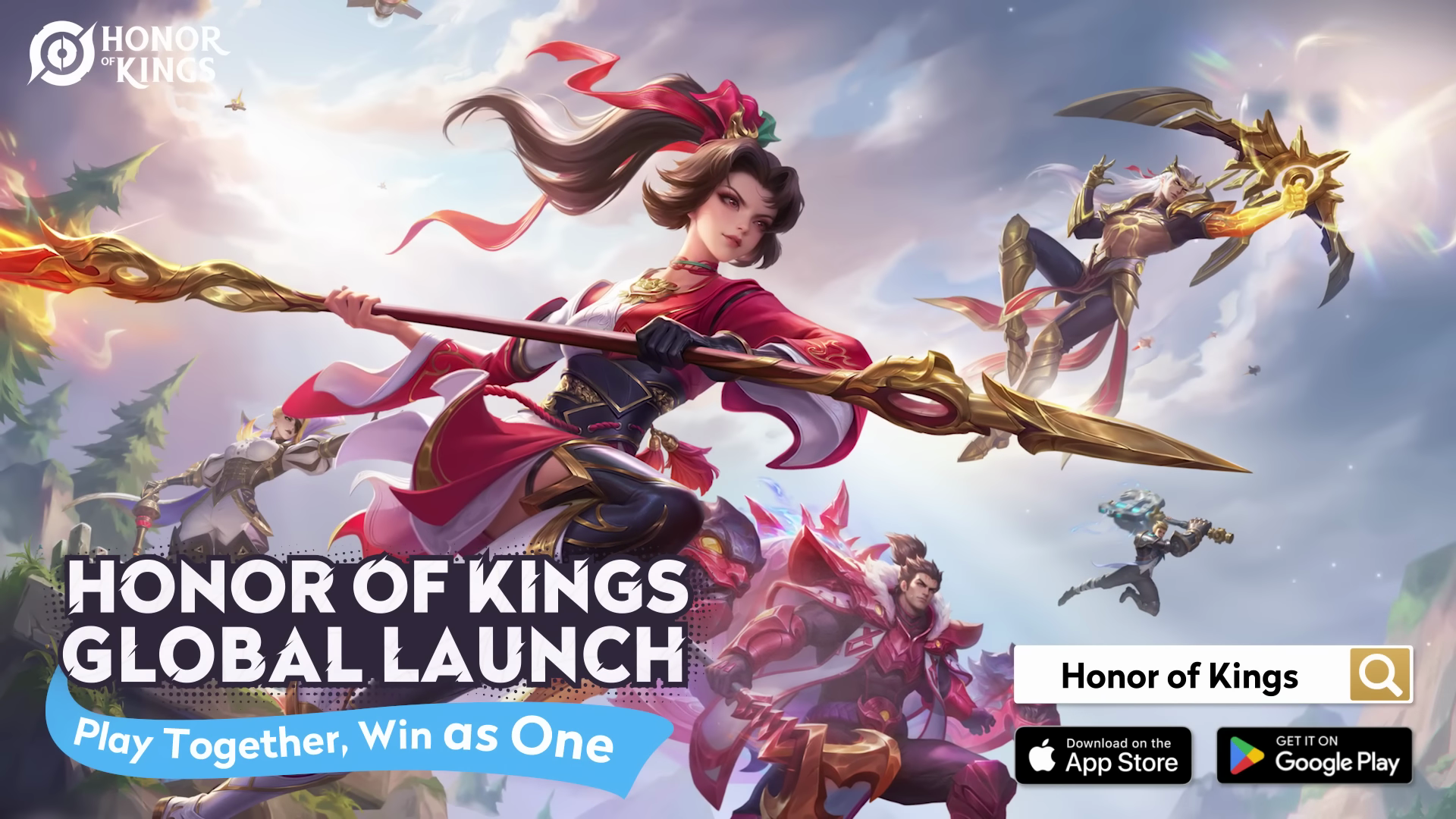
In today's market, where mobile gaming generates billions of dollars annually (it's estimated that Honor of Kings raked in nearly $1.8 billion in 2024 alone), there's a clear appetite for portable entertainment. The original Switch embodied some of these attributes that it was easy to pick-up and play and early games still kept in mind that handheld aspect of the console and a dedicated Nintendo handheld, priced competitively, could have served as a perfect bridge for the millions of players already comfortable with gaming on their smartphones. It could have offered a more focused and potentially superior gaming experience with physical controls and access to Nintendo's unique IPs, attracting a new generation of fans who might be hesitant to invest in more expensive gaming systems like the PlayStation 5, Xbox Series S/X or the PC.
But as the pandemic passed and players stayed at home, the concern that players would have the Switch out and about became less of a concern and as sales skyrocketed, it attracted traditional game developers like CD Projekt Red and id Software, porting games like The Witcher 3 and Doom Eternal onto the console. During this time, Valve released the Steam Deck as well, this blew open the doors and handhelds were now seen as places where the mainstream player could get their console/PC-like experience with minimal compromise. Which leads us to today and Nintendo doubling down on this as well, with games like Mario Kart World and Donkey Kong Bananza, flexing the capabilities of the Switch 2 with large open worlds and destructible environments with a price tag to match this more high-end like experiences even incentivicing players with a improved experienced docked.
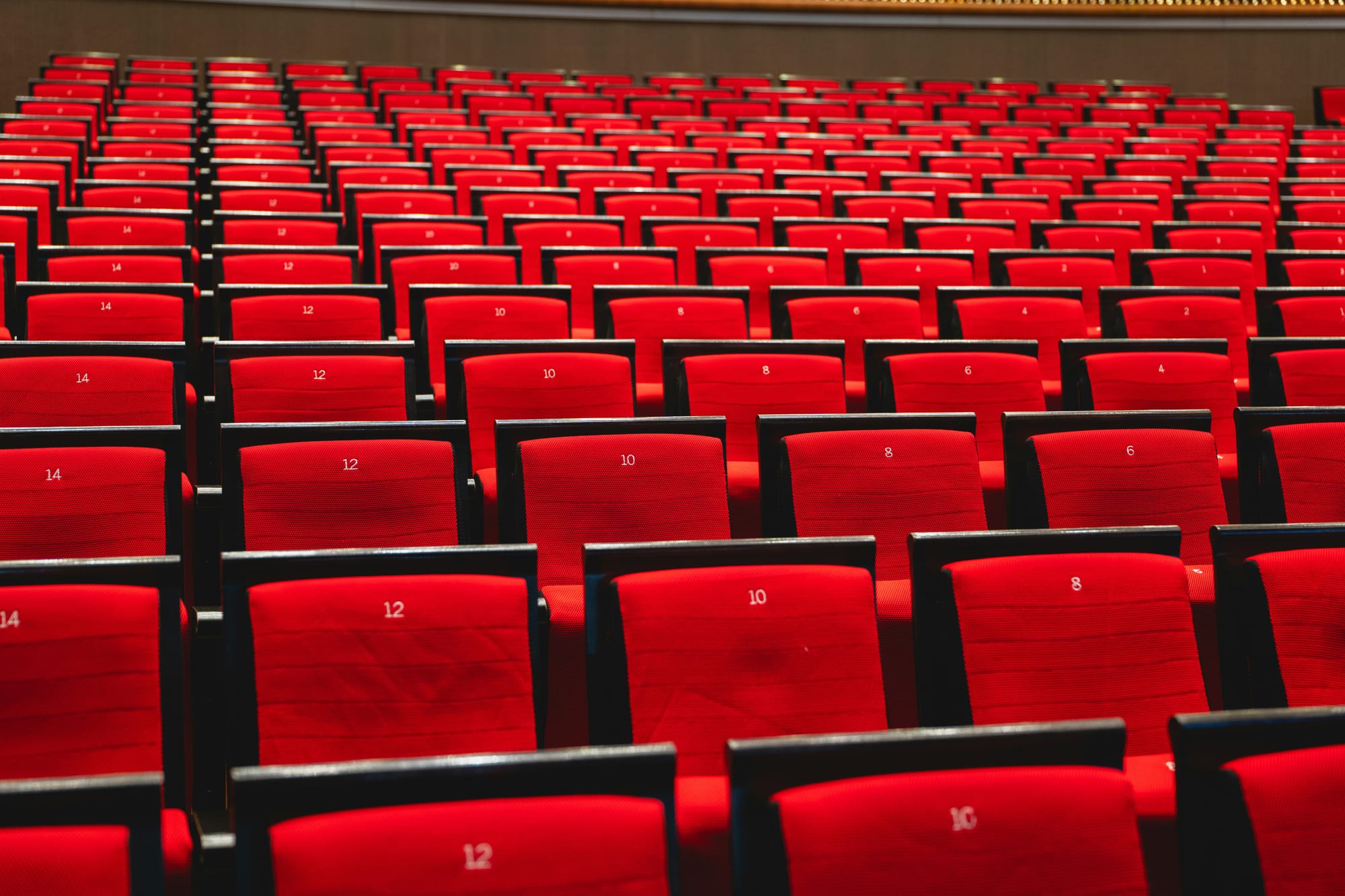
To me, I feel that it is a trend that we see in other entertainment industries as well and I hope that we can look at them as a cautionary tale. As seen in cinema, toys, and comic books, prioritizing existing audiences with increasingly premium products can lead to a shrinking consumer base. More accessible and affordable options are often crucial for cultivating new fans and ensuring long-term growth.
Being able to watch HBO/Star Movies on a standard TV subscription meant I was exposed to a large variety of movies both old and new and cheap ticket prices meant I would make cinema going a weekly experience instead of one that I had to consider if the movie was worth my money. With the original Game boy in hand, I was lucky to have more than a handful of games ranging from Tetris to Pokémon Yellow, games that I still seek out to play even to this day.

While the Nintendo Switch 2 will likely satisfy existing fans looking for an upgraded experience, it feels like a missed opportunity to recapture the magic of Nintendo's dedicated handheld legacy and tap into a significant segment of the gaming market. By not offering a dedicated handheld, Nintendo may be leaving a considerable number of potential players behind, particularly those seeking a more affordable and portable entry point into their beloved gaming world.